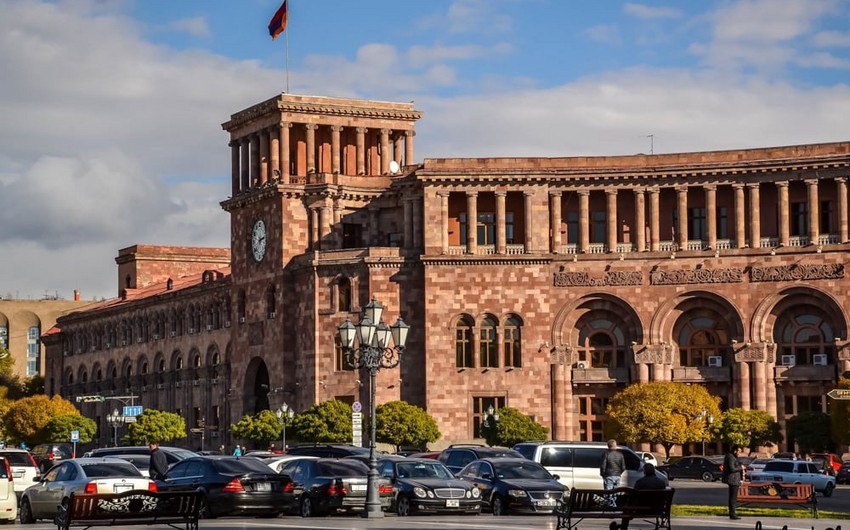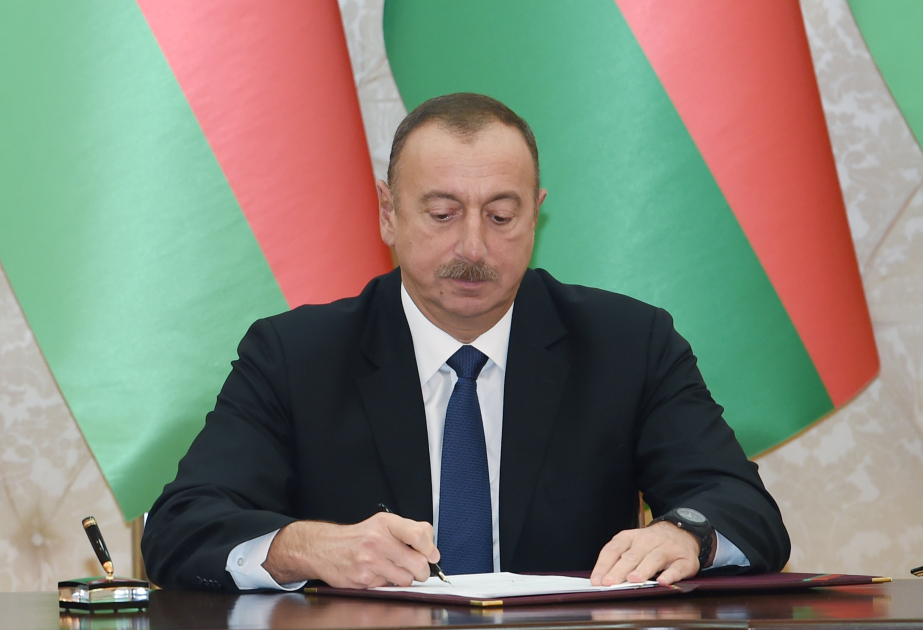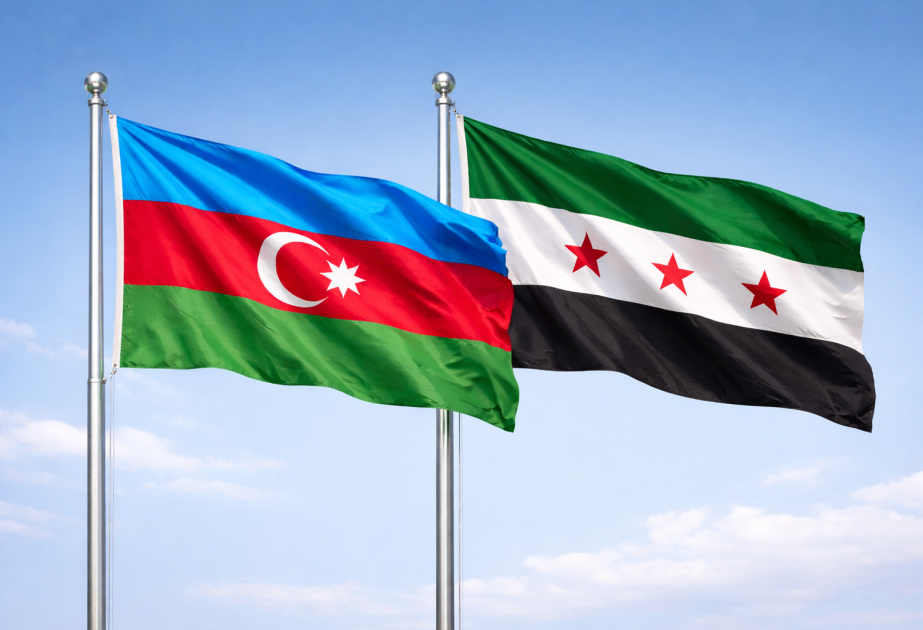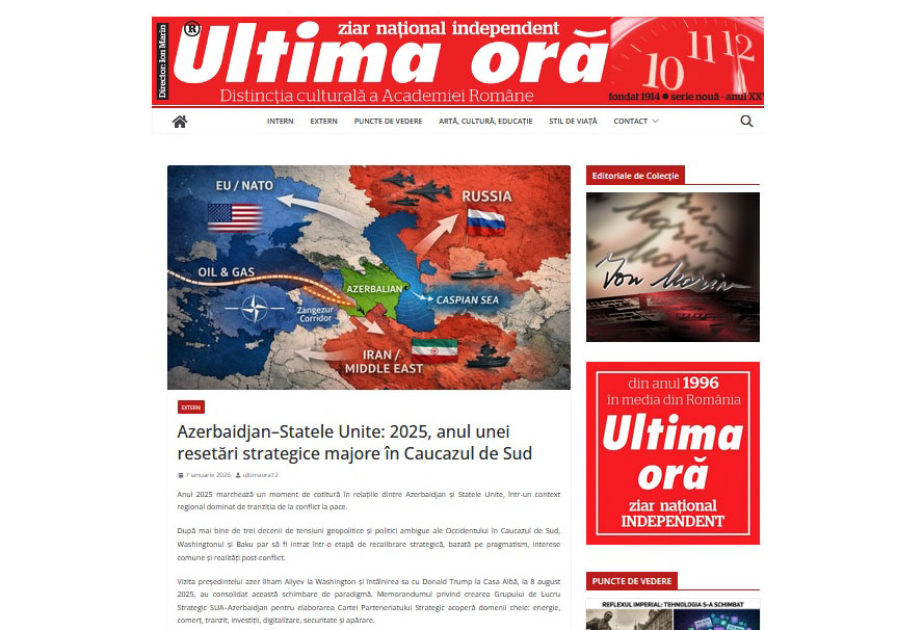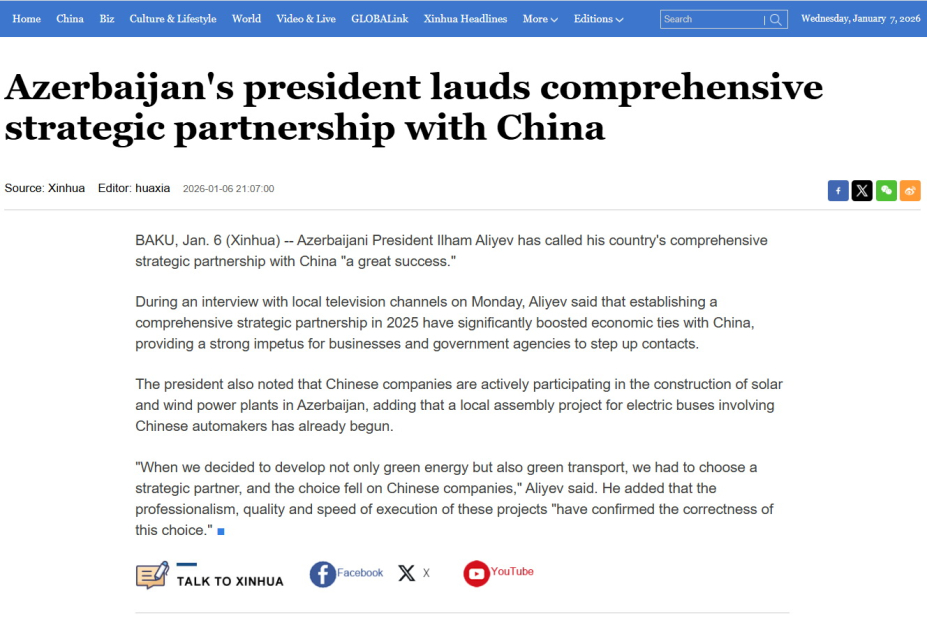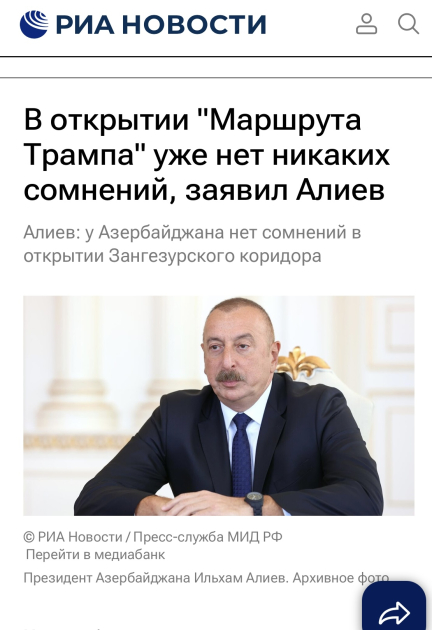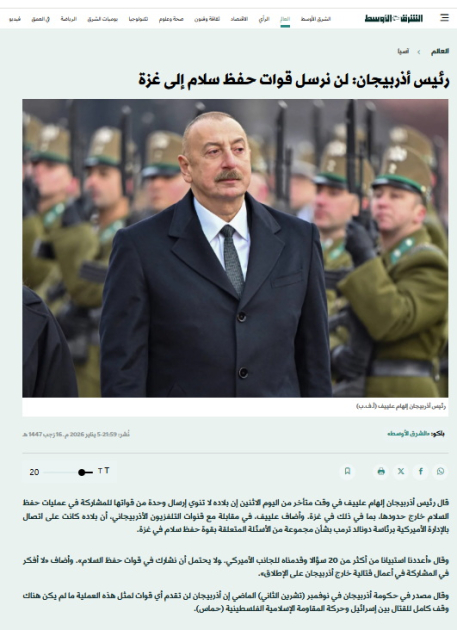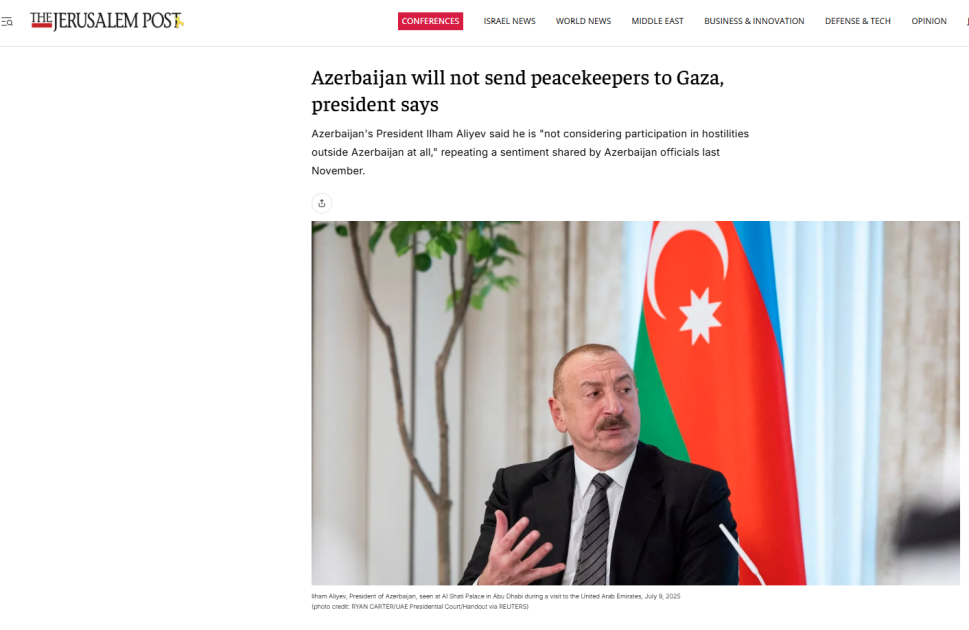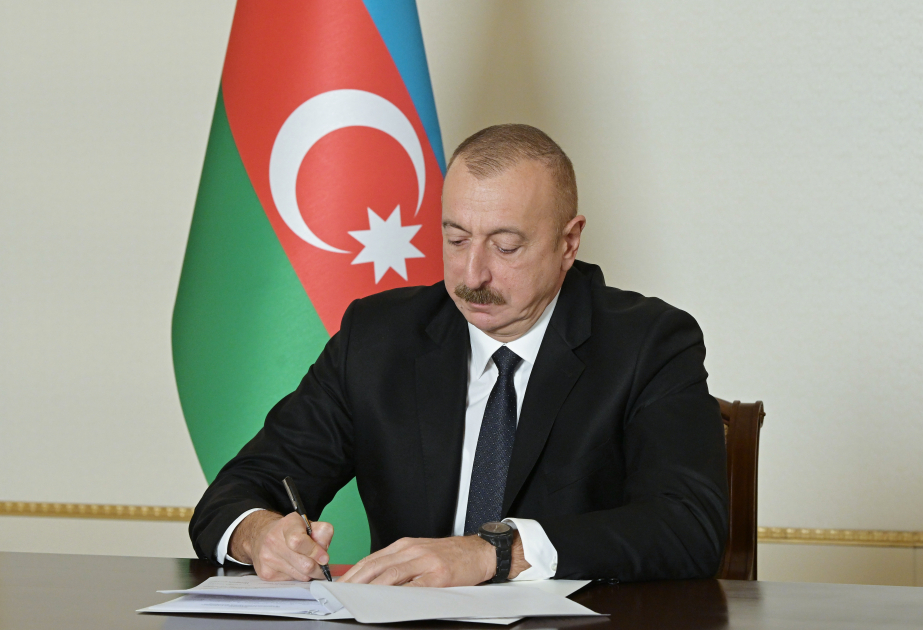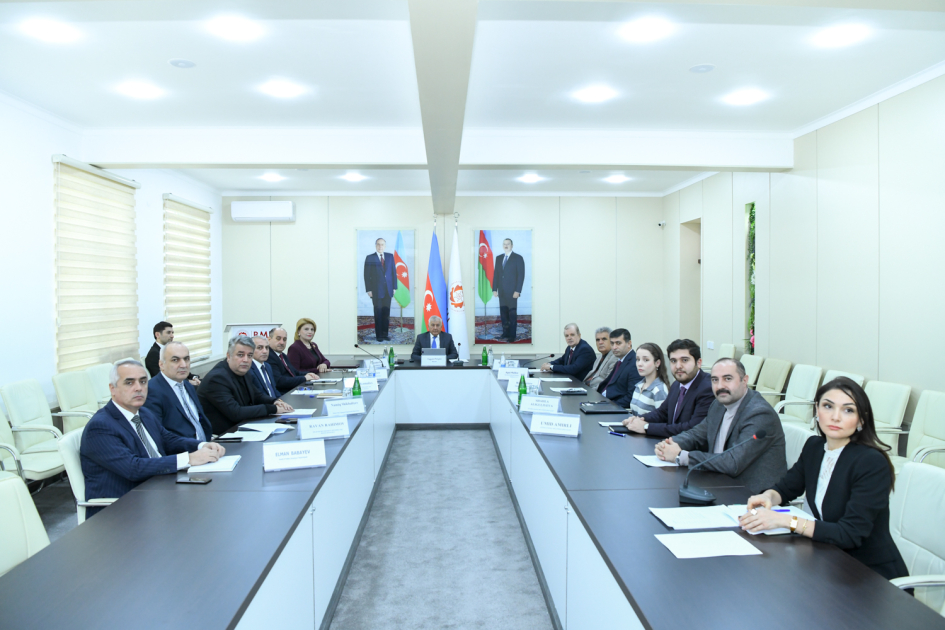Zurabyan knocked down Pashinyan
Levon Zurabyan, who worked as the deputy chairman of the Armenian National Congress, the founder and leader of the first president of Armenia, Levon Ter-Petrosyan, and the press secretary and assistant of the president in those years, is not a well-known figure in the country. But there is no doubt that what this man said is true. Because there is no strong opposition from anyone, especially from the representatives of Prime Minister Nikol Pashinyan's team, in relation to what they said. We will highlight the points that Zurabya emphasized. For now...
Yes, Prime Minister Nikol Pashinyan has recently mentioned the Alma-Ata Declaration in terms of the peace agenda with Azerbaijan. From that declaration, which was signed on December 21, 1991, and was guided by the former allied republics' recognition of each other's territorial integrity and sovereignty. Nicol's conclusion is that the territory of Armenia is 29.8 thousand square kilometers, and the territory of Azerbaijan is 86.6 thousand square kilometers. The Armenian Prime Minister says that on this basis, both countries should respect each other's sovereignty and the borders should be defined in the current situation. Of course, he "forgets" that his country counted its border from Aghdam, where it was occupied for nearly thirty years, and that it actually contradicted the Alma-Ata Declaration. On the other hand, consider that the Declaration of Alma-Ata is general in nature, it does not contain anything about the concreteness of the scale of the territory. But why does the official Yerevan refer to this document now?
The reason is very simple. Pashinyan's Armenia turned the Alma-Ata Declaration into a subject of political speculation. As we mentioned, the document was signed on December 21, 1991. On December 12 of the same year, a fake referendum was held in the former Nagorno-Karabakh Autonomous Province, attended only by the Armenian population of the region, and boycotted by the Azerbaijanis. "Referendum" made the "decision" of the province's independence. However, on November 26, 1991, the administrative territorial unit of the Nagorno-Karabakh Autonomous Province was abolished by the law of the Supreme Soviet of the Republic of Azerbaijan. According to that law, the Decree of the Central Executive Committee of Azerbaijan dated July 7, 1923 "On the establishment of the Nagorno-Karabakh Autonomous Province" and the Law of the Azerbaijan SSR dated June 16, 1981 "On the Nagorno-Karabakh Autonomous Province" were considered invalid. The "referendum" on December 12 had the essence of a kind of rebellion against the central government.
By the way, the tendency of Armenians to deviate from the center was once again experienced in the context of the Karabakh adventures that started in the late 80s of the last century. For example, on February 20, 1988, the 20th extraordinary session of the Soviet of People's Deputies of the Soviet Union of the Soviet Union of the Soviet Union made a decision "to submit a petition to the Supreme Soviets of the Azerbaijan SSR and the Armenian SSR about the transfer of the Soviet Union from the Azerbaijan SSR to the Armenian SSR." In November 1989, the Supreme Soviet of the USSR decided to cancel the autonomy of the Nagorno-Karabakh Autonomous Province and join it directly to the Azerbaijan Soviet Socialist Republic. However, on December 1, 1989, the joint meeting of the Supreme Soviet of the Armenian SSR and the Karabakh National Council considered that decision unfounded and announced the merger of the Nagorno-Karabakh Autonomous Province with Armenia.
Apparently, the Karabakh issue was related to Armenia's territorial claim against Azerbaijan. the "referendum" and other similar moves were put forward to prevent the "anschlus" (unification) from happening. That is, Nagorno-Karabakh should first be independent and then join Armenia. This is how the protection of Armenian "legality" is intended. Of course, Azerbaijan did not put the issue just as it was in the Alma-Ata Declaration. The President of the Council of the European Union, Charles Michel, made the statement in this regard after a joint meeting with the President of Azerbaijan, Ilham Aliyev, and the Prime Minister of Armenia. The issue started to come up more and more after May of last year. Let's take into account that at that time, Armenian armed forces remained in Karabakh, moreover, the so-called regime was maintained. It can be thought that the Armenian government tried to formalize Azerbaijan's loyalty to the Alma-Ata Declaration during the period when the regime was maintained. He wanted to interpret the matter in a different way later. Yes, the "referendum" held on December 12, 1991 was, in fact, a counter-step taken against the decision made by the Supreme Soviet of the Azerbaijan SSR on November 26 of that year. Even now, Pashinyan is making a political move in his world with the Alma-Ata Declaration. At first glance, it can be thought that Levon Zurabyan, who worked as Levon Ter-Petrosyan's press secretary and assistant, is actually trying to nullify the prime minister's plans with his ideas. However, the latter pretends not to know what the former said. In any case, it is impossible to think that Pashinyan is not aware of the issue raised by Zurabyan. His zeal for the Alma-Ata Declaration speaks for itself.
Consider that Nicoll dogmatizes and, in a sense, sanctifies the document so that it takes its place in the official political agenda. Of course, he cannot achieve his goal. Why it can't reach, we will highlight the notes about it at the end of the article. So, what did Zurabyan say?
Zurabyan states that it is wrong for Pashinyan to talk about the Alma-Ata Declaration in terms of the peace agenda with Azerbaijan. Because the Armenian parliament ratified that document under certain conditions. According to those conditions, Armenia did not recognize the territorial integrity of Azerbaijan. In return, Nikol said that "as far as I know, the Armenian side did not put forward any conditions when the meeting was held in Alma-Ata. If there is such a condition, let the opposition present that condition." Maybe Pashinyan is right. In the sense that it is possible that the Armenian side did not put forward any conditions when the Alma-Ata Declaration was signed.
However, the reality is that the Supreme Soviet of the Armenian SSR amended the document. According to that amendment, not only the former Soviet republics, but also the autonomous entities that held a referendum on independence before the fall of the USSR should be allowed to join the CIS.
L. Zurabyan said that Armenia ratified the Alma-Ata Declaration in 1992. According to him, there was a very clear reference in the document that the "Republic of Nagorno-Karabakh" could join the CIS as an independent republic. As you can see, the matter can be considered quite serious. That is, Zurabyan explains the situation in terms of Armenia's non-acceptance of the Alma-Ata Declaration. In the current period, when more than thirty years have passed since the signing of the declaration, Pashinyan is looking for a place to take, so to speak, for the Karabakh adventure with reference to that document. For example, he can say that the law does not apply retroactively, whatever happened before the declaration - happened.
The most important thing is that Armenia recognizes the territorial integrity of Azerbaijan, Karabakh does not belong to Armenia, the region itself. That is, there is a possibility that such a game will be played. Let's take into account that the Armenian Prime Minister, who stated that he recognizes the sovereignty of Azerbaijan in the territory of 86.6 thousand square kilometers, including Karabakh, expressed the opinion that "Karabakh has an elected government" before the local anti-terrorist measures. It was obviously manipulation.
At the end, as we promised, let's talk about the fact that Armenia will not be able to achieve its goal due to the Alma-Ata Declaration. There is an interesting nuance regarding the document, which is based on the recognition of each other's territorial integrity by the republics that were part of the former USSR: If the declaration defines the sovereignty trajectory of separation from the USSR, then why not focus on the factor of the territories that existed when joining the Soviet Union? Why should Azerbaijan enter the USSR with a large territory and leave the union with a small territory? Or, on the contrary, for what reason should Armenia gain territory?
It should be noted that the approach of President Ilham Aliyev in the current direction has its own decisive content. Let's take into account that the official Yerevan is proposing to delimit and demarcate the borders based on the Alma-Ata Declaration. Let's finish our article with the opinion expressed by our head of state in an interview with local TV channels on January 10 of this year: "They (Armenia - ed) want to use the maps of 1970 as a basis. When I asked, well, why the 1970s? Tell me, explain to me, what are the methodological and political bases for this? There is no. If we refer to its political foundations, then as a point of reference we should take either the period of the establishment of the Azerbaijan Democratic Republic or the period of Sovietization. It is a political methodology. If we prefer the chronological methodology, then let's see what the maps were at the beginning of the 20th century, let's build our work on these maps. That is, you leave out the 1960s, 1950s, 1940s, and you want to refer to the 1970s. Precisely because our historical lands were already given to them. That's why we strongly objected to it and continue to do so. "Unfortunately, it is not only Armenia that wants to use the map of the 1970s as a basis, but it is its "Armenia Plus" group, and we can never agree to this."
A. RUSTAMOV
XQ


